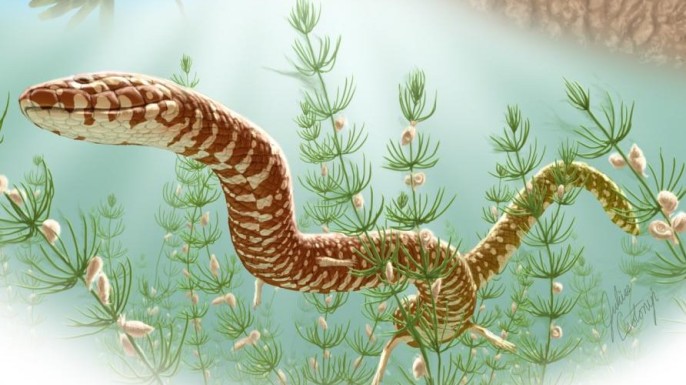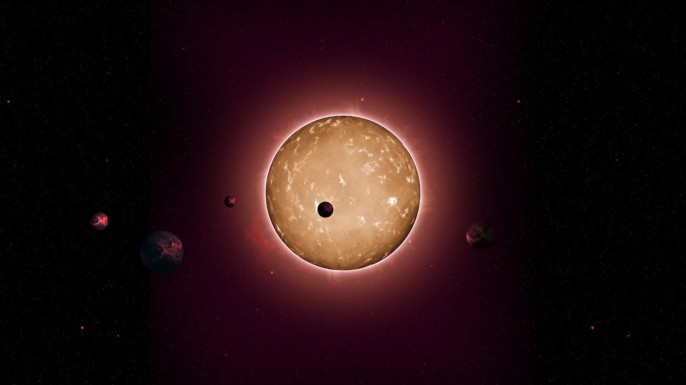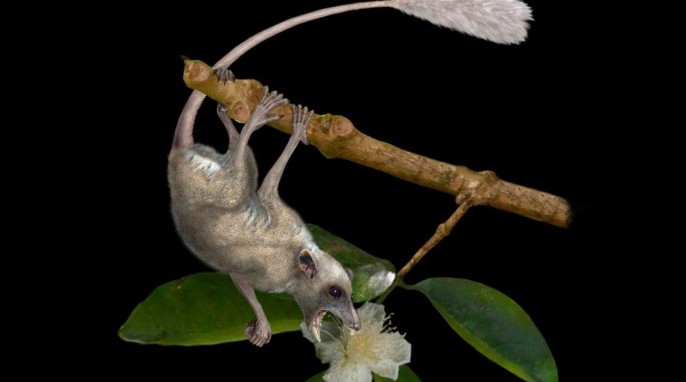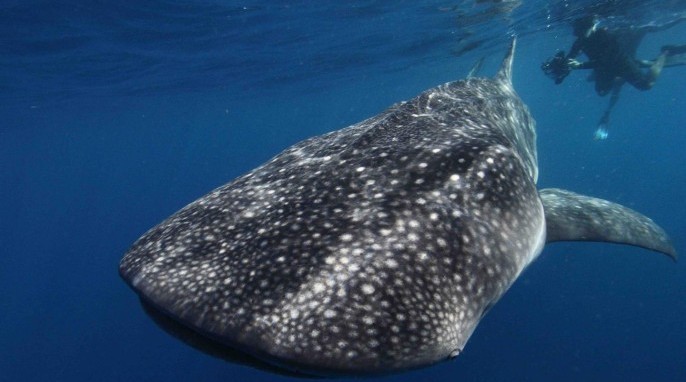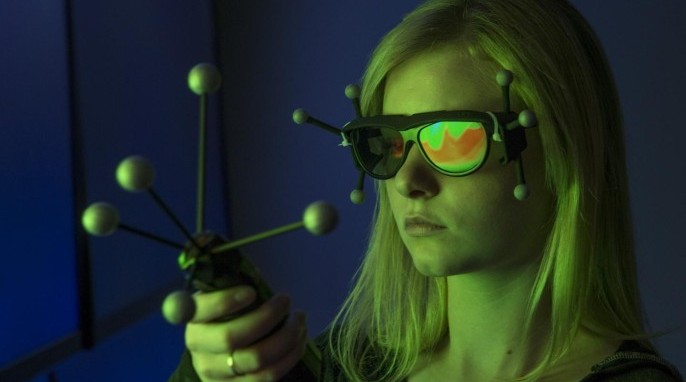Fish Food Turned into Two New Biofuels
By Kate S. A common algae commercially grown to make fish food could become a future source of biofuel, according to a new study. The research team, led by Greg O’Neil of Western Washington University and Chris Reddy of Woods Hole Oceanographic Institution, has pioneered a technique that uses a single species of algae called Isochrysis to make both biodiesel and jet fuel. The scientists believe that the ability to produce two types of biofuel from one algae holds some promise for future commercialization. They stress that this is only…
Read More

